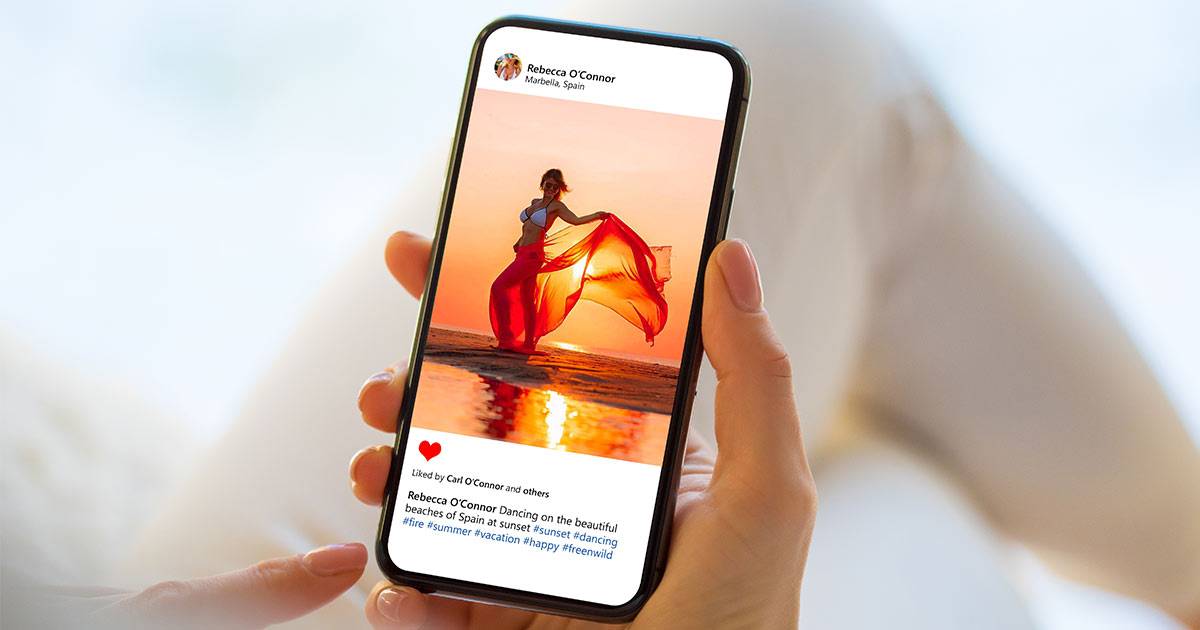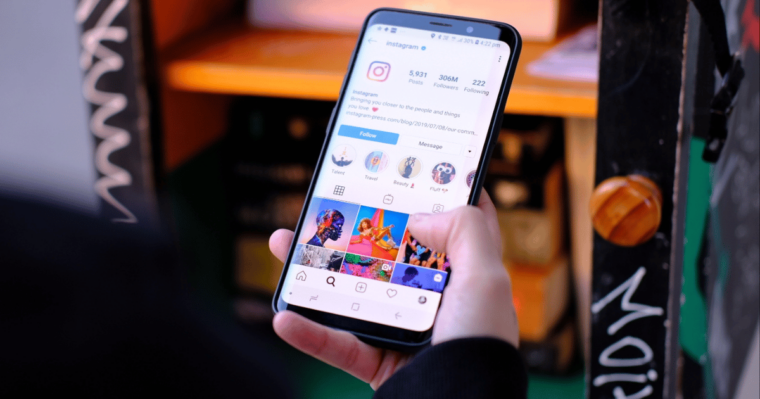So you’ve decided that your business needs some help with its digital marketing and SEO strategy. But with so many agencies out there, how do you decide which one is right for you? Here are four things to look for when choosing an SEO agency partner for your business.
Expertise and Experience
When it comes to SEO, you want to work with an SEO agency partner that has experience and expertise. That doesn’t mean they’ve been in business for a long time; it means they have a team of experts who stay up-to-date on the latest trends and changes in the SEO landscape. The last thing you want is to partner with an agency that’s using outdated tactics that will do more harm than good for your website.
A Proven Track Record
Any decent agency should be able to show you some results they’ve achieved for past clients. But beware of agencies that guarantee results. With SEO, as with anything else in life, there are no guarantees. A good SEO agency partner will be transparent about the work they’ve done and the results they’ve achieved, but they won’t make any promises they can’t keep.
Results-Driven Pricing
How much does SEO Cost? Well, there’s no denying that SEO services can be expensive. But that doesn’t mean you have to break the bank to get good results. If you’re looking for an SEO agency Partner, there are plenty of agencies out there. They all say they can deliver great results without breaking your budget. But you should be thinking about your return. A great agency will measure what they are doing and will deliver results for your business. When considering pricing, be sure to ask about what’s included in the package so you know exactly what you’re getting for your money. Remember though the more you collaborate and communicate with a good SEO agency partner – like any relationship – the better it will work out.
An Open and Transparent Communication Style
Communication is key in any relationship, especially when it comes to business partnerships. You want to work with an agency that is open and transparent about their communication style. This means they should keep you updated on their progress and answer any questions you have along the way. An agency that doesn’t communicate well is likely not going to deliver the results you’re looking for.
On the flip side, this means you should be also open and transparent about your budget, how you’re finding things, and what you want to achieve.
The right SEO Agency wants to Partner with you
If you’re looking for an SEO agency partner to help with your business’s digital marketing and SEO strategy, these are four things you should look for before making your decision on How to choose the right marketing agency for your business. Choose an experienced team of experts with a proven track record of success at a price that fits your budget, and you’ll be on your way to achieving your goals in no time!










